Planning for a Prosperous 2024: Mastering Soil Health and Fertilization
Introduction:
As the 2023 harvest season concludes, we enter a crucial phase: preparing for 2024. This is an ideal moment to assess our practices, identify areas for improvement, and strategize for the upcoming year. A key component of this planning is effective soil management.
The Importance of Soil Testing:
If you've conducted a soil test this autumn, you're already ahead in the game. Soil testing is a foundational practice in soil management, providing essential insights into the nutrient content of your soil. For those who haven't, it's not too late to collect and analyze soil samples. Understanding the nutrients depleted during the current season is vital for informed decision-making.
Creating a Custom Fertilizer Plan:
Armed with your soil test results, use the lab's fertilizer recommendations as a baseline. Then, integrate site-specific and grower-specific information to tailor a plan that precisely meets your soil's needs. The ultimate aim is to optimize your return on investment by focusing on factors that could significantly enhance future yields.
Identifying Fertilizer Needs:
- Soil Test Calibration Relevance: Assess how well the standard recommendation aligns with the unique characteristics of your field.
- Yield Potential: Consider the economic impact of each change in relative yield on the calibration curve.
- Fertilizer Placement: Aim to build soil test levels to optimum, regardless of placement methods.
- Nutrient Distribution: Ensure even application for maximum nutrient uptake.
- Land Tenure: Your time on the field should inform the quantity and type of fertilizer, balancing yield goals with environmental stewardship.
Boosting Performance with Research-Backed Solutions:
With your lab results and a deep understanding of your soil's needs, it's time to form an actionable plan.
Basic steps include:
- Tailoring your approach based on soil test results.
- Enriching nutrient-deficient soils with additional fertilizer.
- Maintaining nutrient levels in soils with adequate testing results.
- Avoiding nutrient application in already nutrient-rich soils.
- For boron-deficient crops, consider products like Aspire® that offer both quick and gradual release of nutrients, ensuring efficient delivery throughout the season.
Continuing Soil Health Momentum:
A robust crop nutrition plan is not static; it's a dynamic strategy that should be revisited annually. Maintain up-to-date soil health data and consider regular tissue testing to monitor crop nutrient status. Collaborate with agronomic experts and retailers, such as Mosaic representatives, for ongoing support and live consultations.
Conclusion:
As we look towards 2024, let's continue to nurture our soil health, staying adaptable and informed. With a strong plan and the right resources, we're setting the stage for a successful and sustainable growing season.

